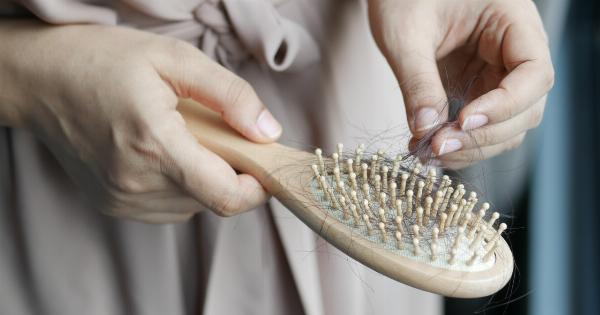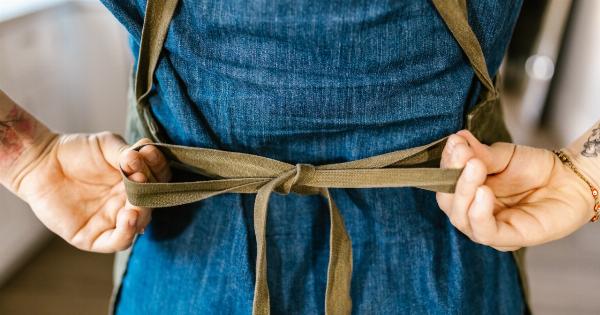Thread hair removal, also known as threading, is a popular method of removing unwanted facial and body hair. This ancient hair removal technique is said to have originated in the Middle East and has been used for centuries by both men and women.
Thread hair removal offers numerous benefits such as precision, affordability, and long-lasting results. In this article, we will discuss some helpful tips and tricks for achieving successful thread hair removal at home.
1. Understand the Technique
Before attempting thread hair removal at home, it is important to understand the technique thoroughly. Threading involves using a twisted cotton thread to trap and pull out individual hairs from the root.
The thread is twisted and rolled over the skin, catching the hairs in its twists and removing them swiftly. This method is ideal for removing facial hair, including eyebrows, upper lip hair, and chin hair.
2. Prepare Your Skin
Properly preparing your skin before threading is crucial to ensure a smooth and comfortable hair removal experience. Start by cleansing your skin with a gentle facial cleanser to remove any dirt, oil, or makeup.
This will allow the thread to glide smoothly over the skin and minimize the risk of irritation. After cleansing, pat your skin dry and apply a light moisturizer to hydrate the area.
3. Choose the Right Thread
When it comes to thread hair removal, not all threads are created equal. Opt for a high-quality, 100% cotton thread that is specifically designed for threading. These threads are strong, durable, and less likely to break during the process.
Avoid using synthetic or polyester threads, as they may cause unnecessary discomfort and prevent efficient hair removal.
4. Master the Technique
Threading requires a certain level of skill and practice. To achieve the best results, it is essential to master the technique. Hold one end of the thread in each hand and twist it around 10-15 times, creating an elongated “X” shape.
Hold the twisted section of the thread between your teeth and one hand, leaving a loop in the middle. Use your other hand to grip the loose end of the thread and practice opening and closing the loop. This motion will create the necessary tension to catch and remove the hair.
5. Start with Small Areas
If you are new to threading, it is recommended to start with smaller, less noticeable areas such as the eyebrows. This will allow you to practice and perfect your technique before moving on to larger areas.
Be patient with yourself and take your time to avoid any accidental hair removal or skin irritation.
6. Stretch the Skin
Stretching the skin is an important step in achieving effective thread hair removal. Use your free hand to gently stretch the skin in the opposite direction of hair growth.
This helps to tighten the skin and make the hair more accessible, increasing the chances of effective hair removal and reducing discomfort.
7. Follow the Hair Growth Pattern
To achieve the best results, it is crucial to follow the natural direction of hair growth while threading. This ensures that you catch the hair at the root and remove it completely.
Threading against the hair growth pattern may result in breakage or incomplete hair removal.
8. Practice Good Aftercare
After threading, it is essential to practice good aftercare to soothe the skin and minimize any potential side effects. Apply a soothing gel or aloe vera gel to the threaded area to reduce redness and calm the skin.
Avoid touching or scratching the area, as this may introduce bacteria and lead to infections. Additionally, avoid exposing the threaded area to direct sunlight immediately after threading to prevent sunburn.
9. Consistency is Key
Consistency is key when it comes to thread hair removal. Unlike other hair removal methods, such as shaving or waxing, threading removes the hair from the root, resulting in slower regrowth.
Regular threading sessions every 2-4 weeks help to weaken the hair follicles over time, leading to finer and sparser hair growth.
10. Seek Professional Help if Needed
While threading can be successfully performed at home, some individuals may prefer to seek professional help for certain areas or if they are new to the technique.
Professional threaders have extensive experience and can ensure efficient and comfortable hair removal. If you find yourself struggling or experiencing excessive pain, it may be wise to schedule an appointment with a trained threader.































